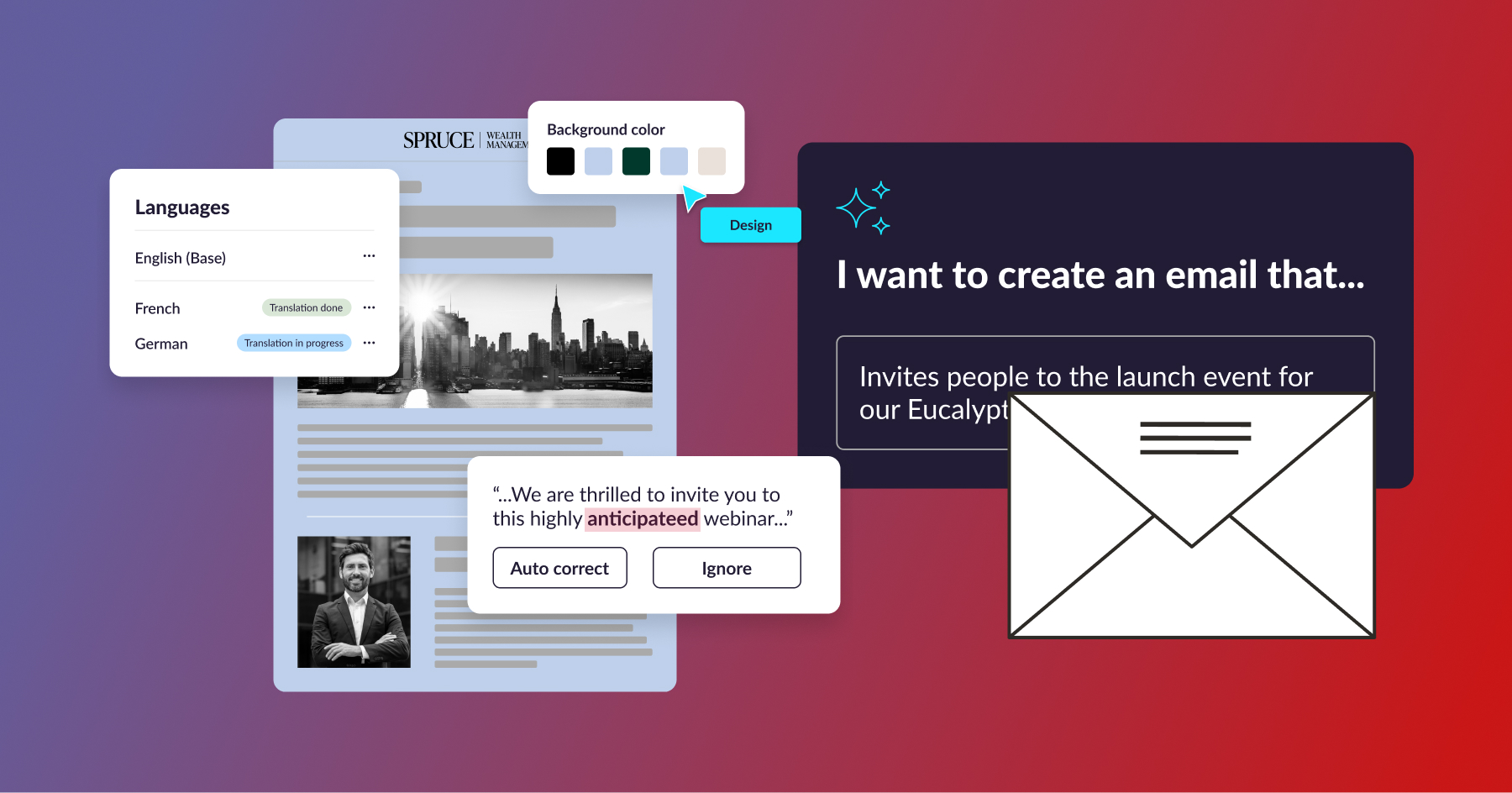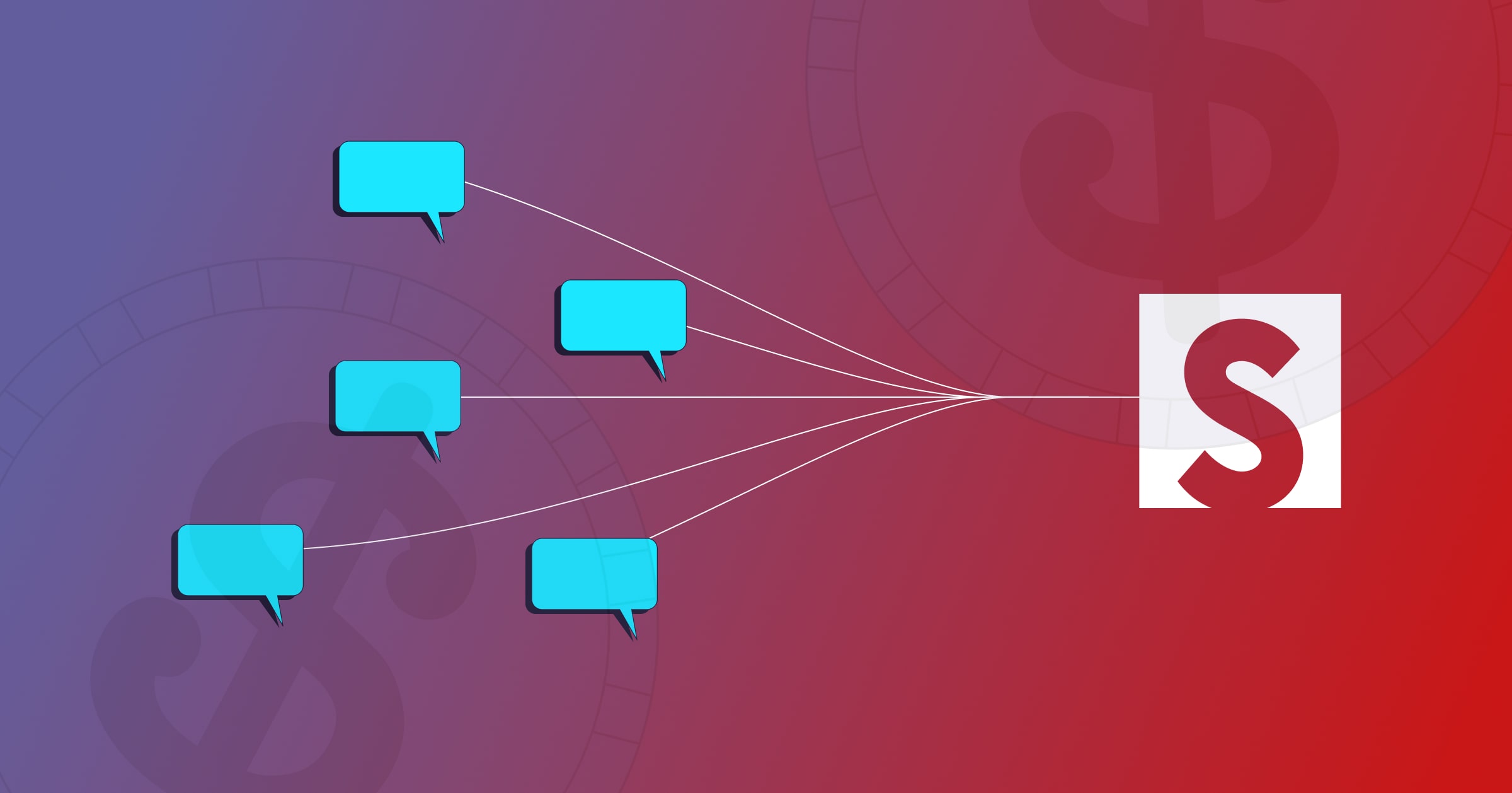How do you bring a new email campaign to life? For large companies, the process of taking an email from idea to reality in the ESP or MAP usually starts with an email brief.
Most marketers still have to contend with incredibly slow and laborious email creation processes. We believe that the email brief is a speed bump in the traditional creation process that should, and can, feel a lot smoother. To fully understand why, we need to take a closer look at what briefs actually represent.
A Short History of Email Briefs
The content included in an email brief typically serves two purposes:
(1) Achieve internal alignment with key stakeholders on the email’s objective, key details etc.
(2) Provide design guidance to a designer or agency.
There’s no rulebook on what an email brief should or shouldn’t include, but here are a few items you’re likely to see:
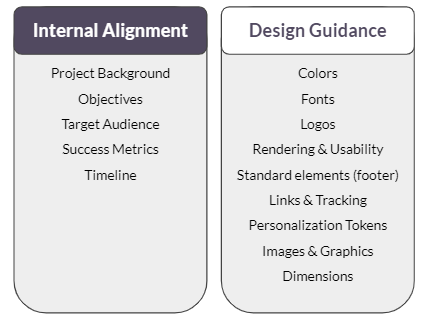
The design guidance portion, on the other hand, exists for two reasons that represent a lot of what’s wrong with the way that enterprises approach email creation today:
Reason 1: Marketers are highly dependent on others to create emails for them.
They create a brief, send it to an email development team or agency to code the actual email, and spend a ton of time going through review/feedback loops before the email is (finally) ready.
The more leg work you put in this half of your brief, the higher your chances for success will be.
Reason 2: Reinvent the wheel syndrome
Marketers and designers too often tend to think of each email as a separate campaign requiring custom, completely unique visual design and layouts, forcing design teams to reinvent the wheel for every email campaign.
So how can email marketers generate more emails quickly at scale? By going modular.
Modules Killed the Email Design Brief Star
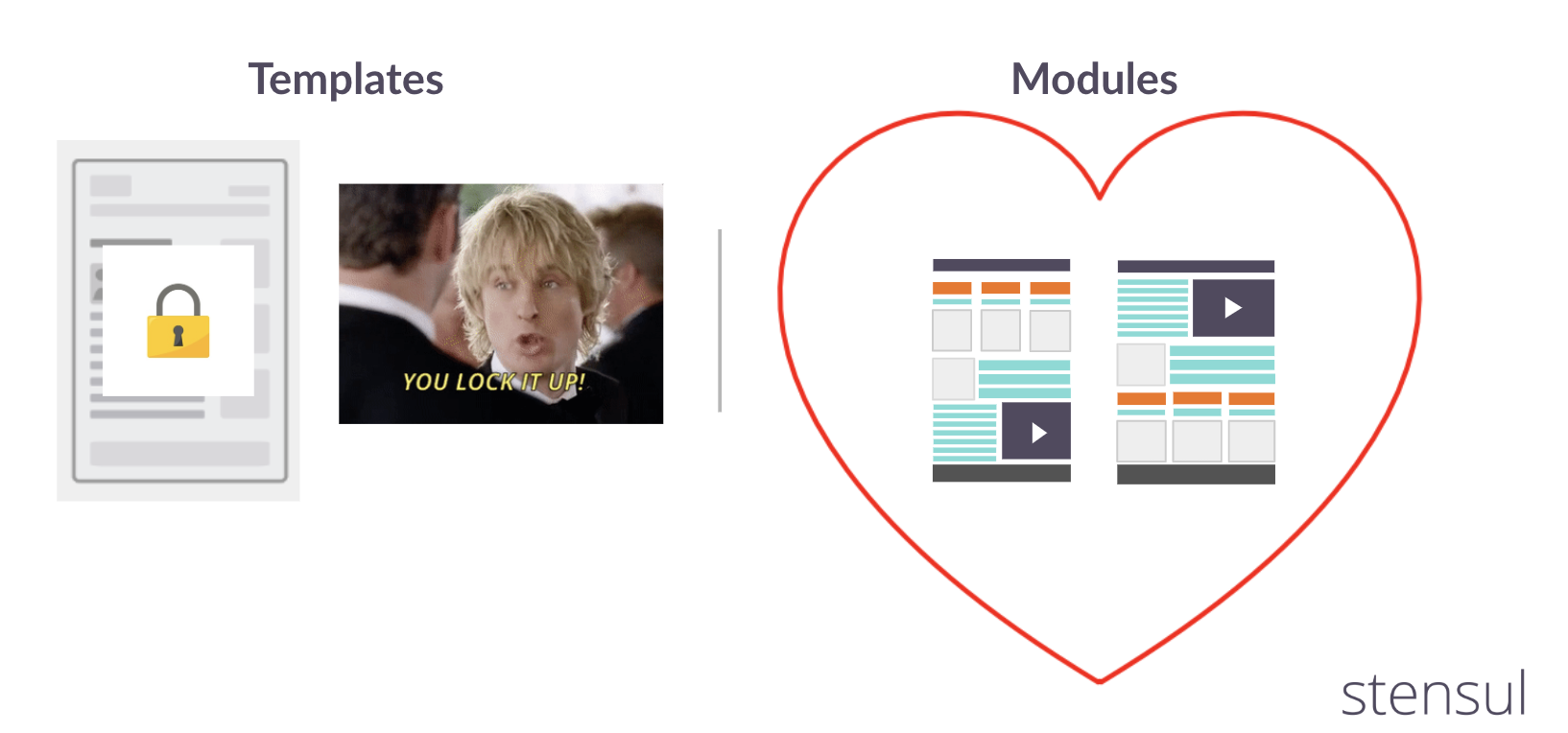
If your path to a completed email goes through a design brief, chances are you’re ending up with an uneditable, fully baked email or a template. Both of which lock you in and limit flexibility. Even if templates are custom designed for your brand, changes aren’t easily made. If they are, they usually require another round of QA testing and approvals to ensure no code is broken.
Which is why more and more marketers are embracing modular email design. Modules allow you to take a systematic approach to building emails, giving you unbreakable, iterable building blocks that can be mixed and matched to create endless layout and design combinations for use in future campaigns.

Think about it this way: templated emails are like welded-together Lego sets and modules are individual Lego block pieces that can be snapped together as needed.
Yes, there are certainly going to be emails that require a fully scoped design brief, but most parts of an email (especially those that will be reused in future emails) can easily be modularized rather than have to be redesigned from scratch every time.
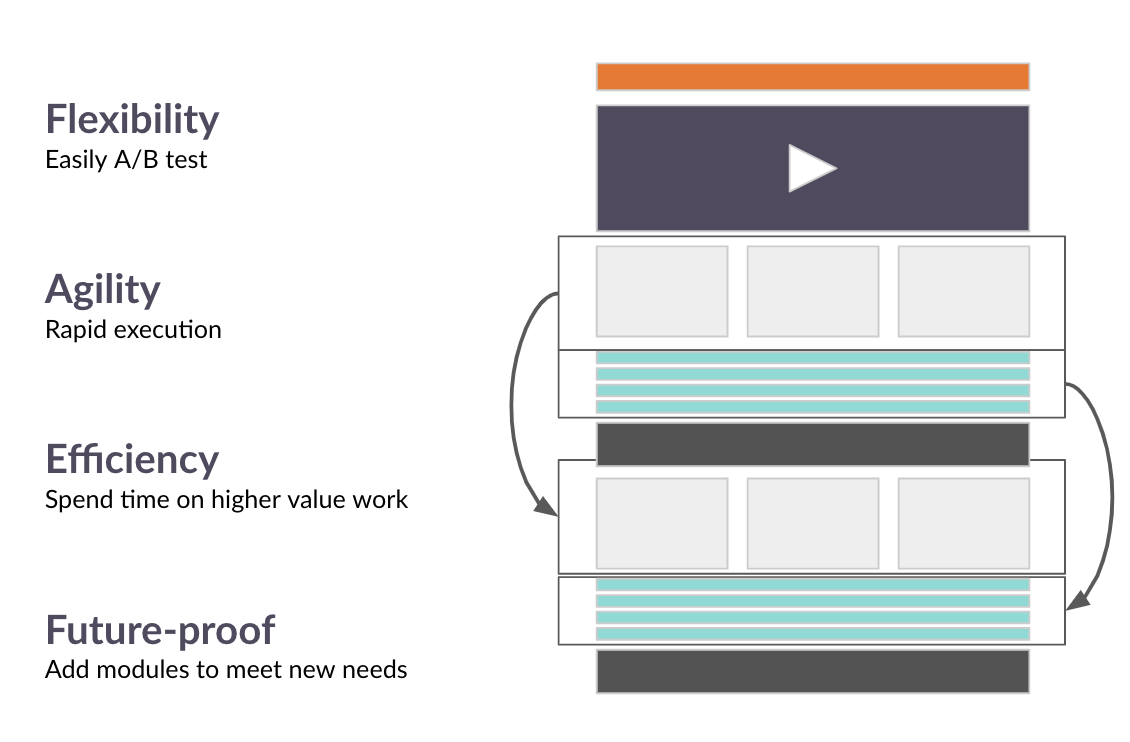
Tangential fun fact: While I was doing research on my Lego analogy (and to feed my curiosity on why it hurts so much when you step on a Lego block), I found that a single Lego block can take up to 953 pounds of pressure before it compresses. Modules really are unbreakable, and versatile just like Lego blocks!
How Do Email Generation Platforms Rethink Briefs?
Design briefs are not dead, they need to be reexamined. Email generation platforms like stensul help to eliminate much of the traditional email brief and smooth out the speed bumps mentioned above.
When modules are managed through an email generation platform, you can configure your brand guidelines directly into your modules and set guardrails, so anyone can build on-brand emails using approved brand fonts, colors, images, layouts, and much more
This puts your team in pole position to both create new emails and replicate existing ones without breaking a thing. So say goodbye to full-fledged design briefs and lengthy revision processes.
Ready to save 90% of your email creation time?
Sound enticing? Schedule a demo with us and discover how you can build emails more efficiently at scale. We’ll keep it brief :).
If you have any questions about anything email, don’t hesitate to tweet at us @stensul!

